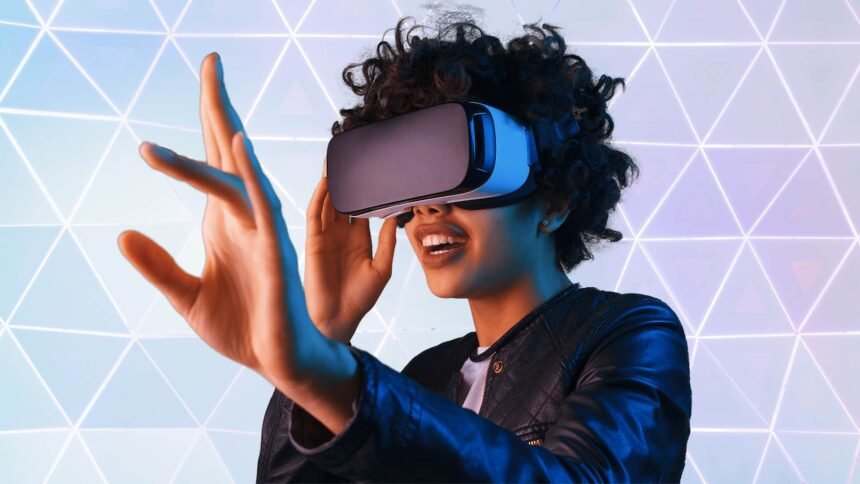Introduction:
Virtual Reality (VR) has revolutionized the gaming industry by offering an immersive and interactive experience that transcends traditional gaming boundaries. With its ability to transport players into virtual worlds, VR has quickly gained momentum, captivating both gamers and technology enthusiasts alike. This blog delves into the realm of virtual reality in gaming, exploring its potential and discussing why it is considered the future of interactive entertainment.
Immersion and Presence:
Virtual reality gaming provides a level of immersion unparalleled by any other gaming medium. By wearing a VR headset, players are transported into a digital realm where they can interact with the virtual environment in a highly realistic manner. The sense of presence created by VR technology makes players feel as if they are physically present within the game world, resulting in a truly transformative and captivating experience.
Enhanced Gameplay and Interactivity:
Traditional gaming often involves controlling a character through a controller or keyboard. In contrast, VR gaming enables players to engage with the virtual environment using their own movements and gestures. This interactivity adds a new layer of depth and realism to gameplay, allowing players to physically reach, grab, and manipulate objects within the virtual world. This level of control and agency creates a more immersive and engaging gameplay experience.
Exploration and Adventure:
VR technology opens up a world of endless possibilities for exploration and adventure. Players can traverse vast landscapes, navigate treacherous terrains, and encounter fantastical creatures, all within the immersive virtual environment. VR games can transport players to fantastical realms, historical periods, or even imaginary worlds, providing an unparalleled sense of escapism and adventure.
Social Interaction and Multiplayer Experiences:
Virtual reality in gaming goes beyond individual gameplay. VR multiplayer experiences allow players to interact and collaborate with friends or other players from around the world within the virtual space. This social aspect of VR gaming enhances the sense of community and connectivity, enabling players to share their gaming experiences and engage in cooperative or competitive gameplay.
Health and Fitness Benefits:
While gaming is often associated with sedentary behavior, VR gaming introduces physical activity and exercise into the equation. Many VR games require players to move their bodies, promoting physical fitness and active gameplay. From boxing to dancing or even virtual sports, VR gaming can provide a fun and engaging way to incorporate physical activity into gaming routines.
Evolving Technology and Future Potential:
The field of virtual reality is rapidly evolving, with advancements in technology promising even more remarkable experiences in the future. Improvements in graphics, resolution, and haptic feedback will further enhance the sense of realism and immersion. Additionally, as VR technology becomes more accessible and affordable, it has the potential to reach a wider audience, making it a mainstream form of interactive entertainment.
Conclusion:
Virtual reality in gaming has emerged as a transformative force, redefining how we engage with interactive entertainment. The immersive nature, enhanced interactivity, and boundless possibilities offered by VR technology make it a compelling platform for gaming. As technology continues to evolve and VR experiences become increasingly accessible, the future of gaming undoubtedly lies in the realm of virtual reality, promising exciting new frontiers of interactive entertainment that will captivate and thrill gamers for years to come.
